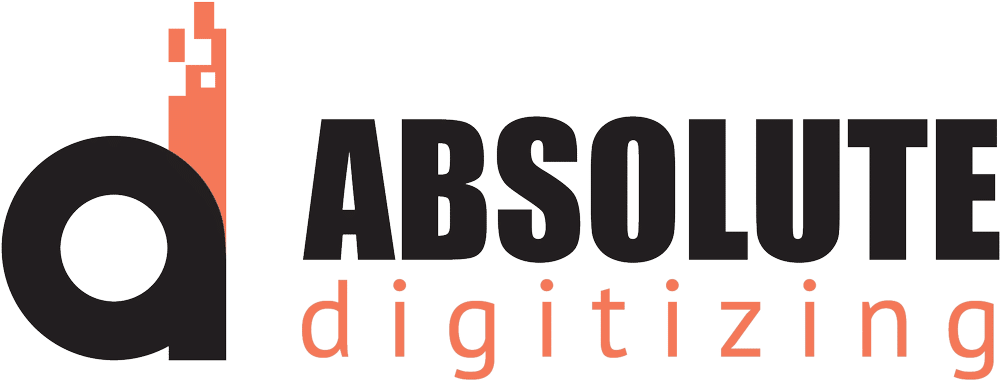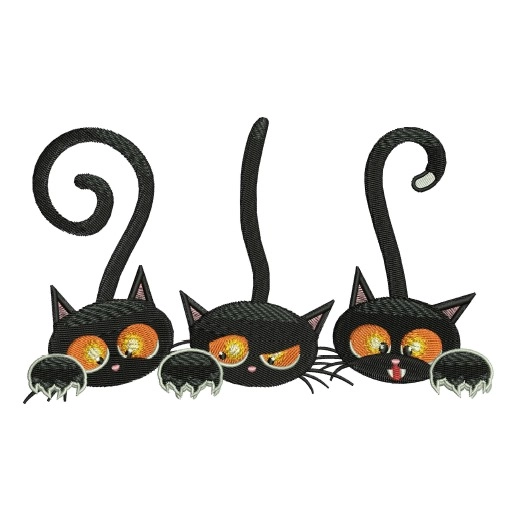Every business takes pride in its logo because it is more than just an image; it represents the brand’s identity, trust, and professionalism. Whether it appears on uniforms, caps, or promotional items, a well-embroidered logo adds a touch of class and credibility. However, transforming that logo into a SEW file that embroidery machines can read is not as simple as uploading a picture. It requires precision, digitizing skill, and an understanding of how stitches work on fabric. In this blog, we will guide you step by step on how to convert a business logo into SEW format for embroidery, explore the tools used in the process, and explain why hiring a professional embroidery digitizing service is the smartest and most cost-effective choice. This approach saves you time, effort, and resources while ensuring your logo looks perfect on every stitch.
Table of Contents
ToggleWhat Is a SEW File Format?
Used by Janome and Elna Embroidery Machines
The .SEW file format is a specialized embroidery file type mainly used by Janome and Elna embroidery machines. These machines rely on SEW files to understand exactly how a design should be stitched. Instead of displaying a visual picture like a normal image file, a SEW file contains coded instructions that guide the machine during embroidery.
What Information Does a SEW File Contain?
A SEW file stores important data such as stitch type, stitch direction, needle movement paths, and color changes. This information helps the embroidery machine determine how each part of the design will be sewn, ensuring smooth transitions and consistent stitching quality.
How It Differs from Image Files
Unlike image formats such as JPG or PNG, which show how a design looks on screen, SEW files provide functional stitching commands. Regular images cannot be read by embroidery machines directly. They must first be digitized into a SEW, DST, or PES file format.
Why Digitizing Is Important
Digitizing transforms a visual logo into a stitch-ready SEW file, allowing the machine to accurately reproduce your logo on fabric with professional precision.
Step-by-Step: How to Convert a Business Logo into SEW Format
Converting a business logo into a SEW format for embroidery may sound technical, but when broken down into clear steps, it becomes easier to understand. Here’s how professionals do it to ensure your logo looks sharp, smooth, and perfectly stitched on fabric.
Step 1: Prepare the Logo
The process begins with preparing your logo in the right format. Always start with a clean, high-resolution image, preferably in a vector-based format like AI, EPS, or SVG. These file types maintain quality when resized and make it easier to define clear stitch paths. Remove any unnecessary backgrounds, shadows, or very fine details that might not translate well into stitches. Simplifying the logo at this stage helps achieve cleaner, more accurate embroidery results.
Step 2: Import into Digitizing Software
Next, the logo is imported into professional embroidery digitizing software such as Wilcom Embroidery Studio, Brother PE-Design, or Hatch. This software converts artwork into stitches by mapping out how the embroidery machine will move the needle. The digitizer adjusts stitch types, densities, and underlays according to the logo’s design and fabric type. These settings determine how tightly or loosely the thread will be stitched, ensuring durability and visual appeal.
Step 3: Manually Assign Stitch Types
Every area of the logo is assigned a suitable stitch type. Large, filled shapes use fill stitches, while borders or smaller text may use satin stitches for a smooth finish. Very thin lines or outlines often require run stitches for precision. A skilled digitizer decides which stitch type will best match each element to make the logo look natural and balanced when embroidered.
Step 4: Adjust Colors and Sequence
After assigning stitches, the digitizer sets the thread colors and defines the stitching sequence. This sequence ensures that the embroidery machine sews each section in the correct order, layer by layer, without unnecessary thread trims or jumps. Proper sequencing helps maintain clean edges, minimize thread breaks, and speed up production.
Step 5: Save in SEW Format
Once everything is finalized and test-stitched for accuracy, the design is exported in SEW format, compatible with Janome and Elna embroidery machines. Professionals also provide backup file formats like DST, PES, or EXP for flexibility across different machines. The final SEW file ensures your business logo stitches perfectly, every single time.
Common Mistakes When Converting Logos Yourself
While it might be tempting to convert your business logo into a SEW file using free or auto-digitizing tools, doing it without proper knowledge can lead to frustrating results. Here are some of the most common mistakes people make when trying to handle logo digitizing on their own.
1. Relying on Auto-Digitizing Software
Automatic software often struggles with complex logos, gradients, and small text. It randomly assigns stitches without understanding texture, direction, or fabric type. The result is usually a design that looks messy, unbalanced, or distorted when embroidered.
2. Ignoring Stitch Density
Incorrect stitch density can ruin a design. If stitches are too close together, the fabric puckers and threads may break. If they’re too far apart, the embroidery looks thin and incomplete. Professional digitizers carefully adjust density based on fabric type and design detail.
3. Scaling the Logo Incorrectly
Resizing a digitized design without adjusting stitches causes serious distortion. Text might shrink too much, or elements may lose proportion. Each size requires recalibration of stitch types and densities to maintain quality.
4. Wrong Underlay or Pull Compensation
Without proper underlay or pull compensation, stitches shift or sink into the fabric, making the design uneven. Professionals use specific settings to stabilize fabric and maintain clean outlines.
5. Skipping the Test Sew-Out
Always test before production. Skipping a test sew-out can lead to costly fabric waste if an issue appears later. Professionals never skip this step—they ensure your logo looks perfect before mass production begins.
Why Hiring a Professional Embroidery Digitizing Service Is the Smart Choice
Converting a logo into an embroidery-ready SEW file requires more than software, it demands skill, precision, and experience. That’s why hiring a professional embroidery digitizing service is not just convenient but also a smart business decision. Here’s why.
Saves Time, Money, and Effort
When professionals handle your logo conversion, there’s no trial and error, no wasted thread, and no ruined garments. They know how to set the correct stitch density, direction, and trimming paths, so your logo embroiders smoothly every time. Learning digitizing software like Wilcom or Hatch can take hours of practice and still lead to costly mistakes. Outsourcing this job lets you skip the learning curve and focus on what matters most, your business.
Consistent, Reliable Results
A professional digitizer ensures brand consistency across every item, whether it’s a cap, polo shirt, or jacket. The logo’s colors, proportions, and shapes remain identical no matter how many times it’s stitched. Professionals use premium software like Wilcom e4, perform test sew-outs, and fine-tune designs until every detail is perfect. This consistency builds a polished, professional image for your company.
Cost-Effective in the Long Run
Mistakes in embroidery are expensive. A poorly digitized logo can waste fabric, time, and money. However, when you get a professionally digitized file, it can be reused again and again without quality loss. This one-time investment ensures clean, repeatable production for years. Plus, outsourcing digitizing saves you the ongoing expense of training, software, and rework.
Peace of Mind
A good digitizing company provides multiple formats such as SEW, DST, and PES, along with unlimited revisions and dedicated customer support. Services like Absolute Digitizing offer affordable pricing starting at just $10, same-day turnaround, and free edits until you’re fully satisfied. You can relax knowing your logo is in expert hands, while you focus your time and energy on growing your business.
Final Thoughts
Converting a business logo into a SEW format for embroidery is not a simple click-and-save task. It requires skill, precision, and professional expertise to ensure every stitch looks clean and perfectly aligned. While DIY tools might seem tempting, they often lead to wasted time, fabric, and frustration. Trusting experienced digitizers ensures your logo is crafted with accuracy and consistency every time it’s embroidered.
Let the professionals at Absolute Digitizing handle your logo conversion with perfection. Get your SEW file ready in hours, not days, with guaranteed quality, unlimited free edits, and 24/7 live chat support. Upload your logo today at AbsoluteDigitizing.com and get your free instant quote now!






